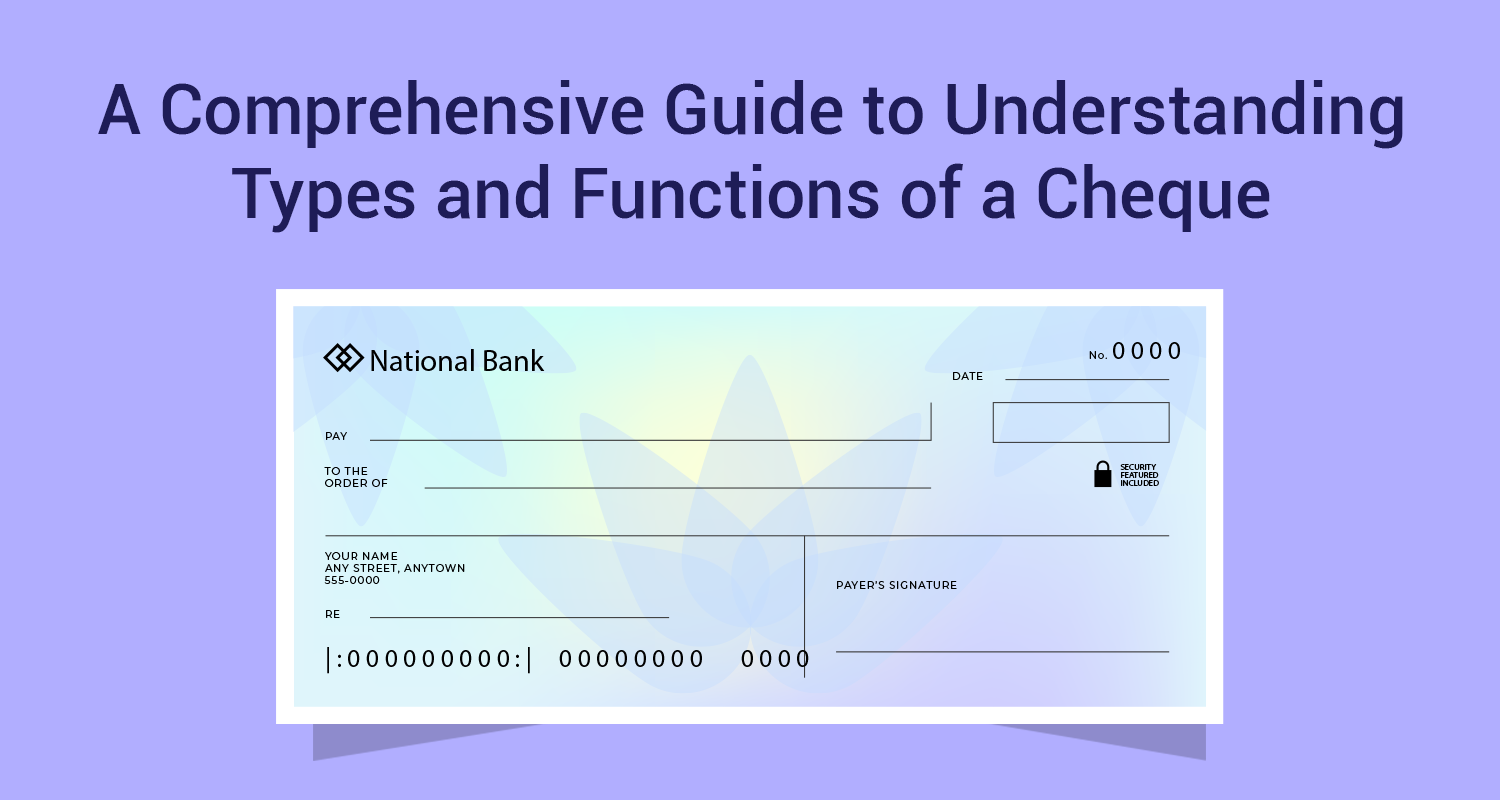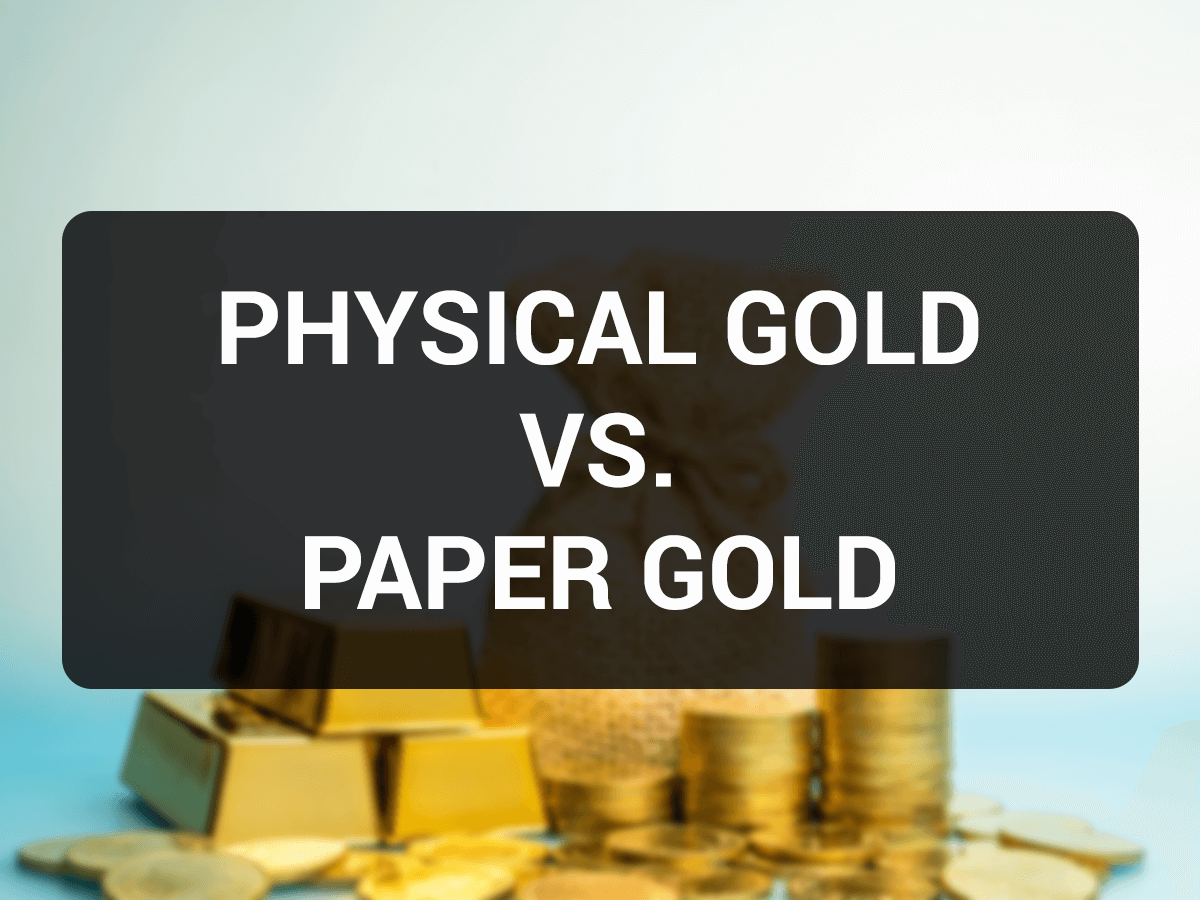Difference Between Hybrid Funds, Debt Funds And Equity Funds

As an investor in mutual funds, you have 3 broad categories to invest in. There are equity funds, debt fund and hybrid funds, although there are a large number of sub-categories in each of them. The essential differences in these broad categories are based on risk, returns, sub-funds and the tax treatment. Let us look at each of these 3 parameters.

How Do These Categories compare On The Risk Scale?
Obviously, equity funds are highest on the risk scale compared to debt and hybrid funds. But even within equity funds that are sub-categories of risk. For example, sector funds and thematic funds are higher on the risk category within equities. Then we have mid-cap and small-cap funds which are riskier than diversified large-cap funds. Within the equity category, the lowest risk is in index funds which just passively track the index. In the debt category, you have liquid funds at the lower end of the risk curve. The risk of a debt fund is determined by maturity and the credit quality. Higher maturity entails risk in debt funds. Similarly, credit opportunity funds with larger “AA†rated debt run a higher risk. Within the category of hybrid funds (which mix debt and equity), the riskiest is the balanced funds where there is a minimum 65% exposure to equity. MIPs are less risky because they have over 70% exposure to debt. In fact, the least risky in this category is the arbitrage funds as they just play on the cash-future spread.
How Do They compare On The Returns Scale?
Normally, returns are commensurate with the risk that you take and therefore the scale of returns and risk should match in most cases. There is one point that could make a difference and that is the Total Expense Ratio (TER). The TER is the total cost that is imputed to the fund NAV. Normally, the level of TER varies depending on the extent of active management involved. For example, within the equity category, diversified funds and sectoral funds have a high TER in the range of close to 2.5% but the TER is substantially lower in case of index funds as there is no active management. In the hybrid category, the balanced fund entails a higher TER to the tune of over 2% but the arbitrage fund has a much lower expense ratio due to its largely passive nature. In case of debt funds, the closed ended funds and the liquid funds have a lower expense ratio compared to the regular income funds. Additionally, the choice of regular plan versus direct plan also makes a difference to your NAV and therefore your returns. When it comes to returns, it is always best to focus on keeping TER as low as possible to get the additional alpha in tough markets.
How They Compare On The Taxation Scale?
When it comes to taxation, there are only two categories for the purpose of determining the taxation on dividends and capital gains. In case of dividends; it is tax free in the hands of the investors in case of equity funds, debt funds and balanced funds. However, the rate of dividend distribution tax (DDT) differs. While equity fund dividends attract DDT of 10%, the debt fund dividends attract DDT at a much higher 25%. Now let us focus on how capital gains are taxed in each of these cases.
The Income Tax Act only recognizes two categories of funds viz. equity funds and debt funds. As long as the equity exposure of the fund is more than 65%, it is classified as an equity fund for tax purposes. So equity diversified funds, sectoral funds, index funds, balanced funds with more than 65% in equities, arbitrage funds will all be categorized as equity funds. The dividends in all these cases will attract DDT of 10%. The capital gains shall be STCG if held for less than 1 year and taxed at 15%. If held for more than 1 year it will be LTCG. Effective Union Budget 2018, LTCG on equity funds will be taxed at 10% above Rs.1 lakh in a year without the benefit of indexation.
For income tax purposes, any fund that does not meet the above criteria will be classified as a non-equity fund. This will include income funds, liquid funds, credit funds, FMPs, MIPs, Fund of Funds and all mixed funds where the share of equity is less than 65%. In this case, STCG will mean less than 3 years holding and will be taxed at your peak tax rate. However, if held for more than 3 years it becomes LTCG and is taxed at 15% with the benefit of indexation.
Disclaimer : The information in this blog is for general purposes only and may change without notice. It does not constitute legal, tax, or financial advice. Readers should seek professional guidance and make decisions at their own discretion. IIFL Finance is not liable for any reliance on this content. Read more



